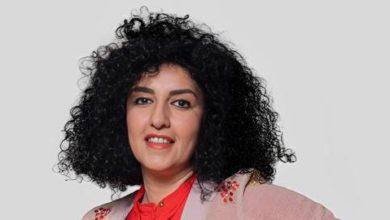Attacks on Civil Society
Executive Summary
Human rights abuses in the Islamic Republic of Iran are happening to individuals, but they are targeted at civil society. This is as true of the mistreatment and torture of those detained for protesting after the 2009 presidential elections as it is of the arbitrary arrests of human rights defenders. The abuses are designed to control an increasingly liberal population and to silence opposition and dissent.
Human rights discourse is marginalized and problematic in the IRI. In the past, many intellectuals have agreed in part with the regime that “human rights” has been used as a tool by the West to punish countries like Iran. Mohammad-Javad Larijani, head of Iran’s human rights council, has stated repeatedly that the Islamic Republic of Iran is in full compliance with human rights law. In 2008 he stated, “Tehran’s strategy is to conform international commitments on human rights to the Islamic concepts and then enforce them nationwide.”
This report looks at the ways in which civil society has been systematically undermined in Iran.
The report does not deal with each individual or organizational case, but looks at the underlying patterns of abuses that are designed to target whole sectors of society through the harrassment of individuals and organizations. There are dozens of reports highlighting abuses and individual cases.We attempt to examine the internal situation that has led to the attacks on civil society activists and unravel the larger narrative underlying individual cases.
Our report begins with 2005, the year Mahmoud Ahmadinejad was elected as president of Iran. At the time, civil society in Iran had experienced its first taste of relative freedom, which primarily arose from the tentative opening of society during two four-year terms of reformist president Mohammad Khatami (1997-2005).
In 2005, the new administration took a hostile approach to civil society organizations, which resulted in limitations on their actions because of closures, travel restrictions, and other restrictions. The antagonist position towards civil society was the defining feature of Ahmadinejad’s first term, just as the struggle between societal reform and hardline elements had defined the administration of Khatami.
In this report we cover the following major topics:
– The tentative rise of civil society
– Struggle between reform and suppression
– The 2005 elections
– The emergence of a new political class
– Velvet revolution
– Struggle for the soul of Iran
– From green wave to civil rights: post-presidential elections (2009)
– Stifling women’s voices
– Reform is criminalized
– State control of workers
– The attack on human rights defenders
– Basij student movements are the only legitimate ones
– “Iran is the freest country in the world”
– Civil society, civil no more
– Recommendation
Source: http://www.arsehsevom.net/2010/05/attack-on-civil-society-in-iran-introduction/




